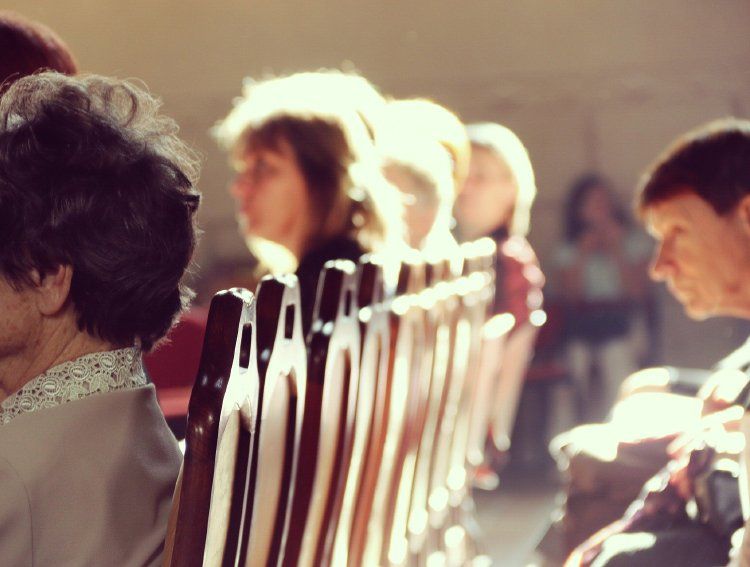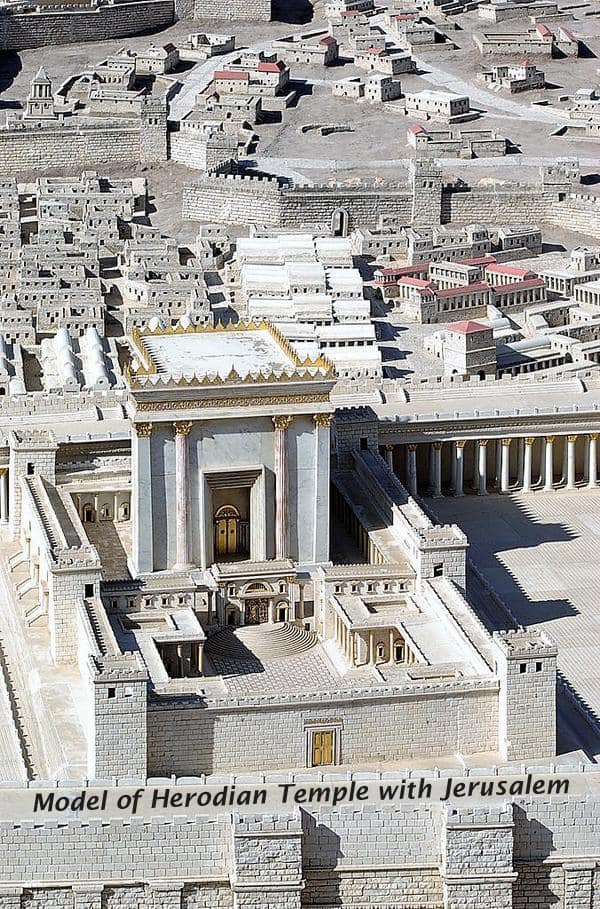By comparison with the first two ‘words’ uttered by Jesus on the cross, the third saying seems very commonplace. It is recorded for us in John’s Gospel. He says to his mother: ‘Woman, behold your son!’ He then says to John himself: ‘Behold, your mother!’ (John 19:26-27).
This was a touching expression of the care Jesus had for Mary. Even in such an extremity Jesus is not preoccupied with his own needs, his thoughts go out to others.
Who are at the cross?
The context of these words of Christ related directly to the presence of certain women at the cross (v. 25). Who were they? Some detective work is required. His mother Mary is there, of course.
Then there is ‘his mother’s sister’ who (we take it) is not the same as ‘Mary, the wife of Clopas’. From Mark 15:40 and Matthew 27:56, she must be Salome.
Her reason for being there becomes clear. Not only is she supporting her sister, Mary, but also she is the mother of two disciples, James and John, the sons of Zebedee. Her son, John, the writer of the Gospel, never gives her name (nor his own). That appears a giveaway in relation to the identity of ‘his mother’s sister’.
Then there is ‘Mary, the wife of Clopas’. Who is she? In Mark 15:40 she is described as the mother of James the Younger and of Joses (Joseph?). Some have suggested that her son James might be the ‘James, son of Alphaeus’ who was also a disciple of the Lord. That would give her a reason to be at the cross.
To describe her as the mother of one James, as Mark does, indicates that these men would be well enough known in the early church. It therefore makes sense that this James was the disciple/Apostle.
Mark also identifies Matthew as a ‘son of Alphaeus’ (2:14). Was he a brother of James? But how is she the ‘wife of Clopas’? Perhaps she had been widowed and remarried. Of that we cannot now be sure.
Then there is the fourth lady mentioned, Mary Magdelene. She is first mentioned in Luke 8 as one from whom Jesus cast out seven evil spirits and who came to minister to him (Luke 8:1-3).
She, too, had good reason to be at the cross, having a profound sense of indebtedness to Christ for her salvation. But clearly John is also at the cross, as he is addressed by the Lord.

This is significant, as we are told elsewhere that the disciples had all fled (Matthew 26:56; Mark 14:50). Clearly John eventually ventured to the cross. Certainly he is ‘the disciple Jesus loved’.
A touching scene
It took some strength for these women, especially Jesus’ mother, to be at the cross. When you think of it, it was a harrowing scene. But they were there to witness it.
How often support for churches is largely given by women. It is a rebuke to men-folk that so often they leave their wives to attend worship while they remain at home, disinterested!
How frequently men fail to take on leadership in the churches. It is as if they have ‘fled’, leaving the women to be the witnesses. This is not an argument for women in office or leadership in the churches, which is unscriptural. But it is a reminder of our responsibilities.
In a way it is sad, not only that the disciples (save John) had fled, but also that Mary’s other children were nowhere on the scene. At this point they seemed to have remained indifferent to his claims (see John 7:5).
No doubt they were scattered throughout Galilee and Mary was left on her own. This would explain Jesus’ concern that John should look after her. At any rate, Jesus was not just thinking of her earthly comfort, but surely also of her spiritual good. She would have the comfort, support and fellowship of this disciple.
Was Mary’s place special?
It has to be said that the Roman Catholics have put considerable stress on the significance of this ‘word’, as they understand it. It is, they say, part of a picture of Mary as someone very special for the church.
They take Jesus’ words to John to indicate (by a sort of coded message) that this woman would be the Mother of the church and an object of devotion. Of course, she was greatly favoured by the Father.
She would bear the Son and be ‘blessed among women’ (Luke 1:28). However, the incident at Cana, when Jesus performed his first miracle, is sufficient in itself to deal a deathblow to any veneration of Mary (John 2:1-12).

Jesus here again uses the term ‘woman’ as in John 2:4 — rather than ‘mother’, which would be the more usual way for a son to speak to a mother. No, from this incident there are no grounds for any elevation of Mary, nor for devotion to be offered to her.
This account simply expresses the Lord’s concern for her future welfare — physical and spiritual. In this connection it is significant that there is no trace of Mary having any special place in the church’s devotions in the Acts of the Apostles or else where in the New Testament.
Not ashamed
When Mary and Joseph, presented Jesus at the Temple, Simeon had said to her: ‘a sword will pierce through your own soul also’ (Luke 2:35). As Mary stood there at the cross observing this awful scene, that was surely her experience, even if Simeon’s prediction did not come to her mind just then.
But after all, he was for the ‘fall and rising of many in Israel’ (Luke 2:34). And was this not being accomplished through the cross? Afterwards, of course, they would understand this event more clearly.
But against the dark backdrop of that accomplishment, here are touching words, expressive of compassionate concern. And not only concern, for the Lord would meet all Mary’s needs through the kindness and obedience of John. This surely teaches us that we must care for others as he cares for us.
The very presence of these women and ‘that disciple’ surely challenges us all to be loyal and devout towards our Lord. After all, these five souls at the cross were no idle passers-by. They did not make themselves inconspicuous. They did not melt away when things seemed hopeless.
The followers of the Lord are challenged not to be ashamed of the cross. They are also encouraged to believe that the one who is now risen cares for them — just as with his dying breath he cared for Mary.




